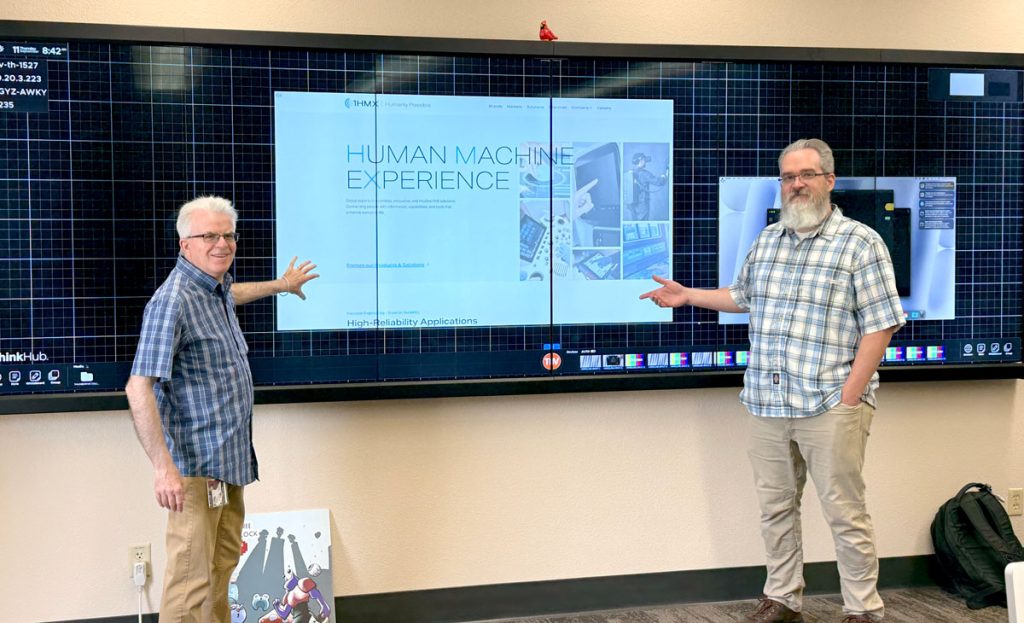Tag: Region 1
Graphic and Web Design program builds national reputation on real-world success

“Different years, different students, same results.”

That’s the unofficial motto of the Graphic and Web Design program at North Idaho College (NIC). Program Coordinator Philippe Valle has spent more than two decades making sure it holds up in the real world—and NIC students have the awards to prove it.
In 2025, they brought home Best of Show and multiple Gold, Silver and Cobalt awards at the Spokane American Advertising Awards (commonly known as the Addys)—the fifth time an NIC student has claimed the top prize. In 2024, students earned a Cobalt Award for web design. In 2023, they swept the Addys, with one student taking Best of Show plus Gold, Silver and Bronze medals while others collected regional and district honors that advanced to the national stage. Beyond the Addys, students have won the Printing Industry of America poster competition, designed logos and T-shirts for community organizations and even created a Pepsi semi-trailer wrap seen across the Northwest.
Two decades ago, when Valle first stepped in, the picture looked very different. He came to the United States in 1987 after beginning his design career in Europe . After working with Fortune 100 companies, he was asked to take over NIC’s then-struggling program in 2002. At the time, enrollment was just four students.
Today, the program functions like a two-year design agency that feeds talent to local employers and national brands. Students can earn a one-year certificate on the way to an advanced certificate or associate of applied science degree. Coursework covers Adobe applications, social media, UI/UX, video production, web development and portfolio building, with client projects and industry speakers integrated throughout.
“We teach practical and relevant skills to prepare our students for the ever-changing design industry,” Valle said.
Instructor and alumna Lydia Ramus, who worked in the field before returning to teach full time, said the format accelerates growth.
“There are so many opportunities for them,” Ramus said. “By the time they graduate, they’re ready to go out and do everything.” She added that courses are designed to build upon and support one another. “It’s constant reinforcement all around,” she said.
Funded through Gov. Brad Little’s Building Idaho 2.0 one-time grant, the program’s $500,000 lab expansion has transformed its footprint. The space now rivals—and in many cases surpasses—the technology in professional design agencies. Students work on iMac M4 workstations networked across the studio, experiment with 3D printing and packaging design and collaborate in front of a 14-foot interactive touchscreen wall that projects student work, allows real-time annotation and archives feedback for later review. They also train on a computer numerical control machine—industrial-grade equipment used to cut precision shapes from a variety of materials.
Valle said the facility was designed to feel like an agency rather than a classroom. Its central location on campus also gives the program visibility, often drawing in visitors who stop to ask about the work on display.
Those experiences lead directly to jobs. Valle cites a 95% placement rate, with many students landing internships or offers before graduation. Alumni now work at Adobe, Marvel, Carvana, Netflix Animation and high-end print firm Digital Lizard, as well as regional employers such as Buck Knives and Litehouse Foods.
“When you’ve worked in the industry for a long time, you know people,” Valle said. “We bring that network to our students.”
 Official Government Website
Official Government Website